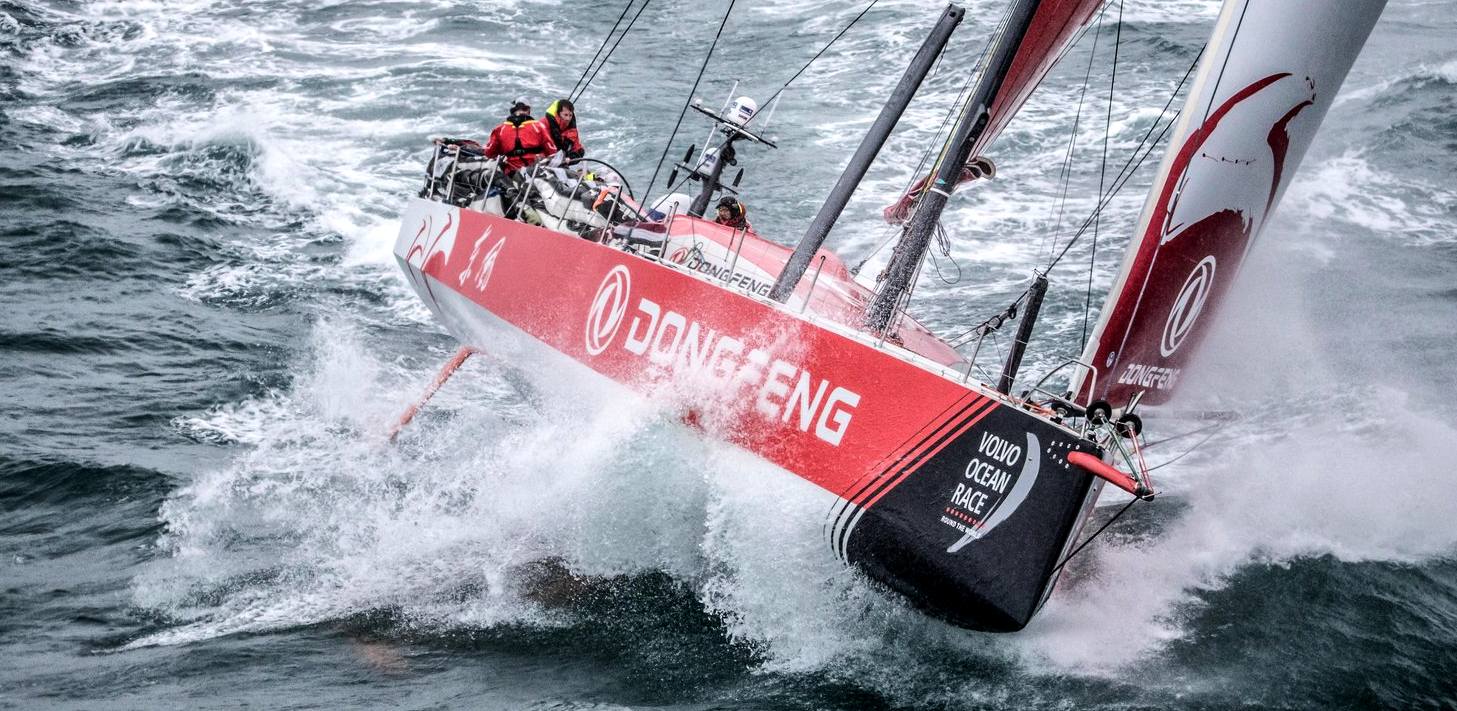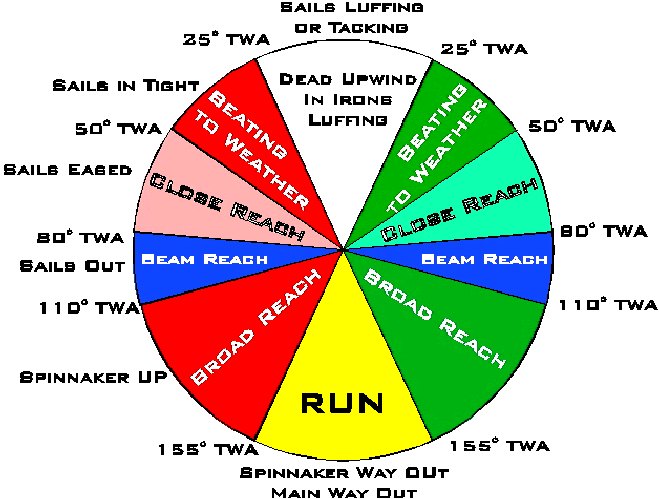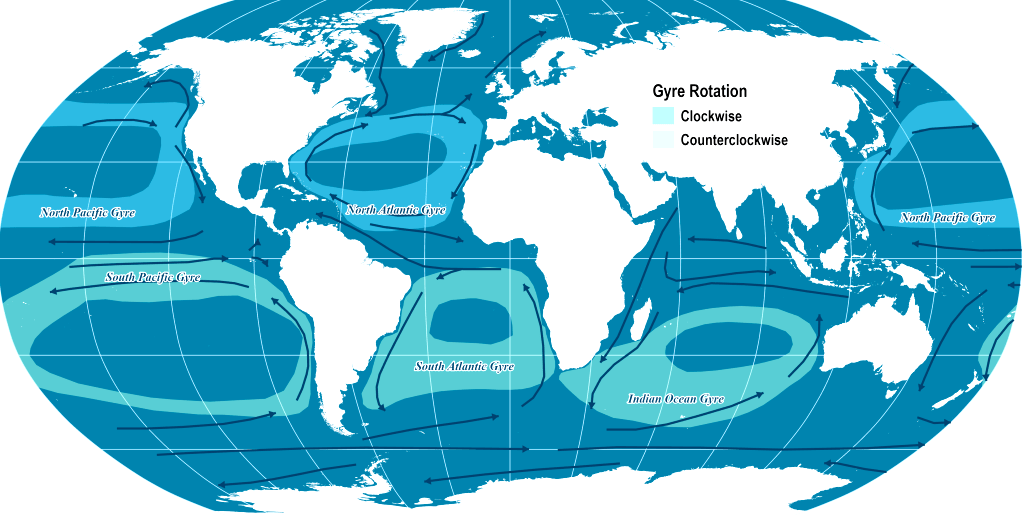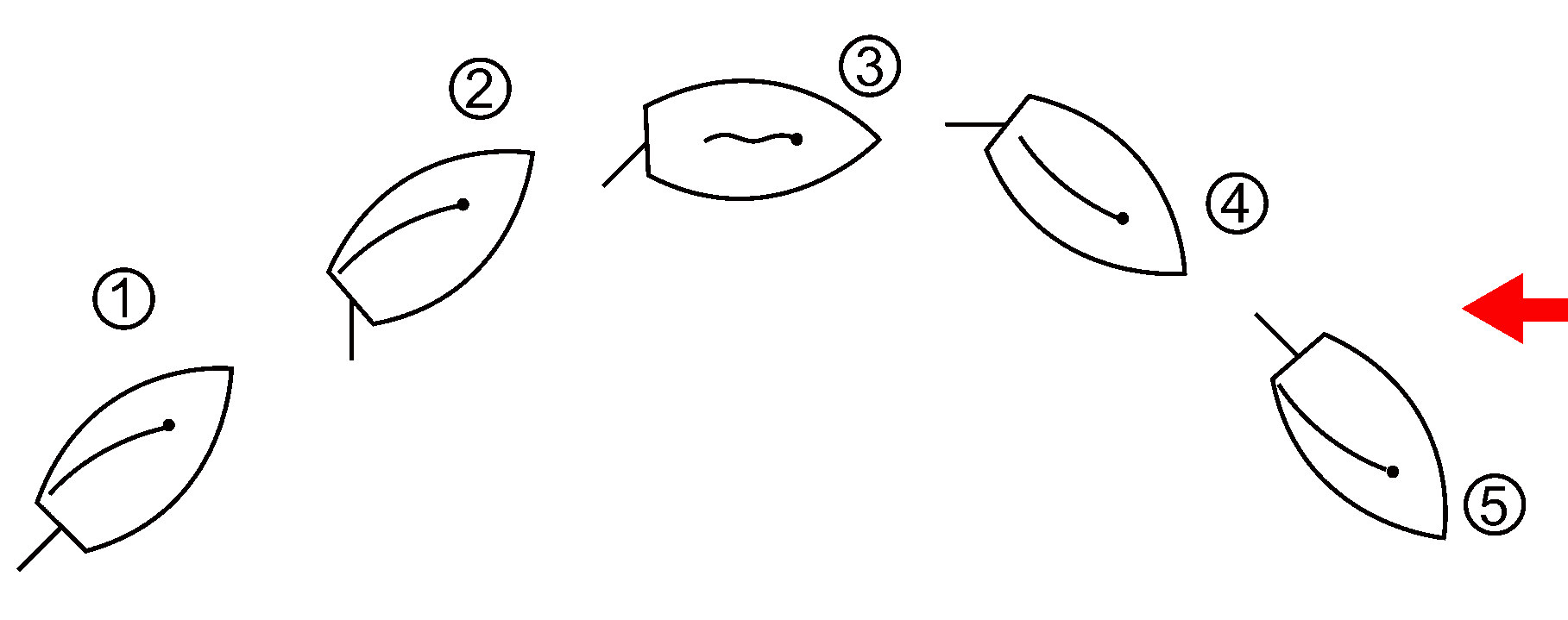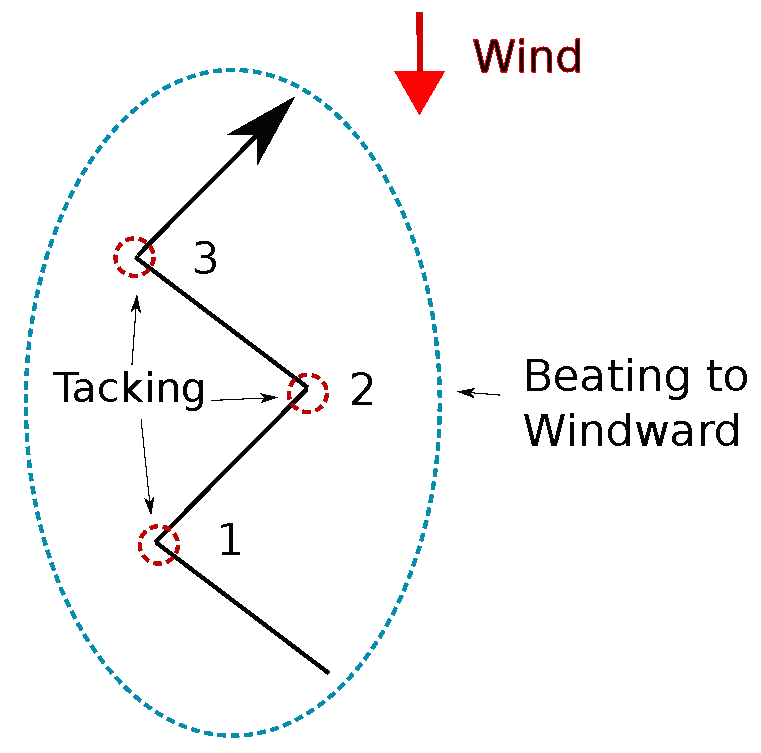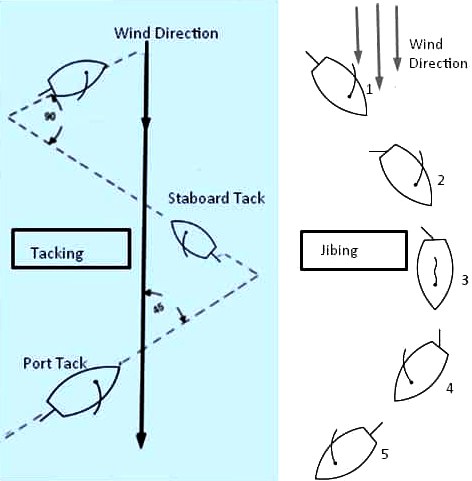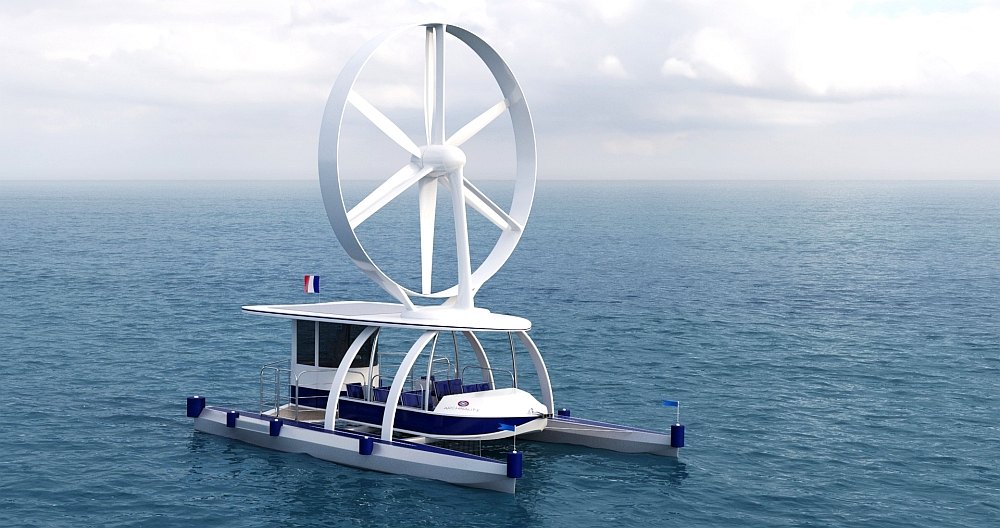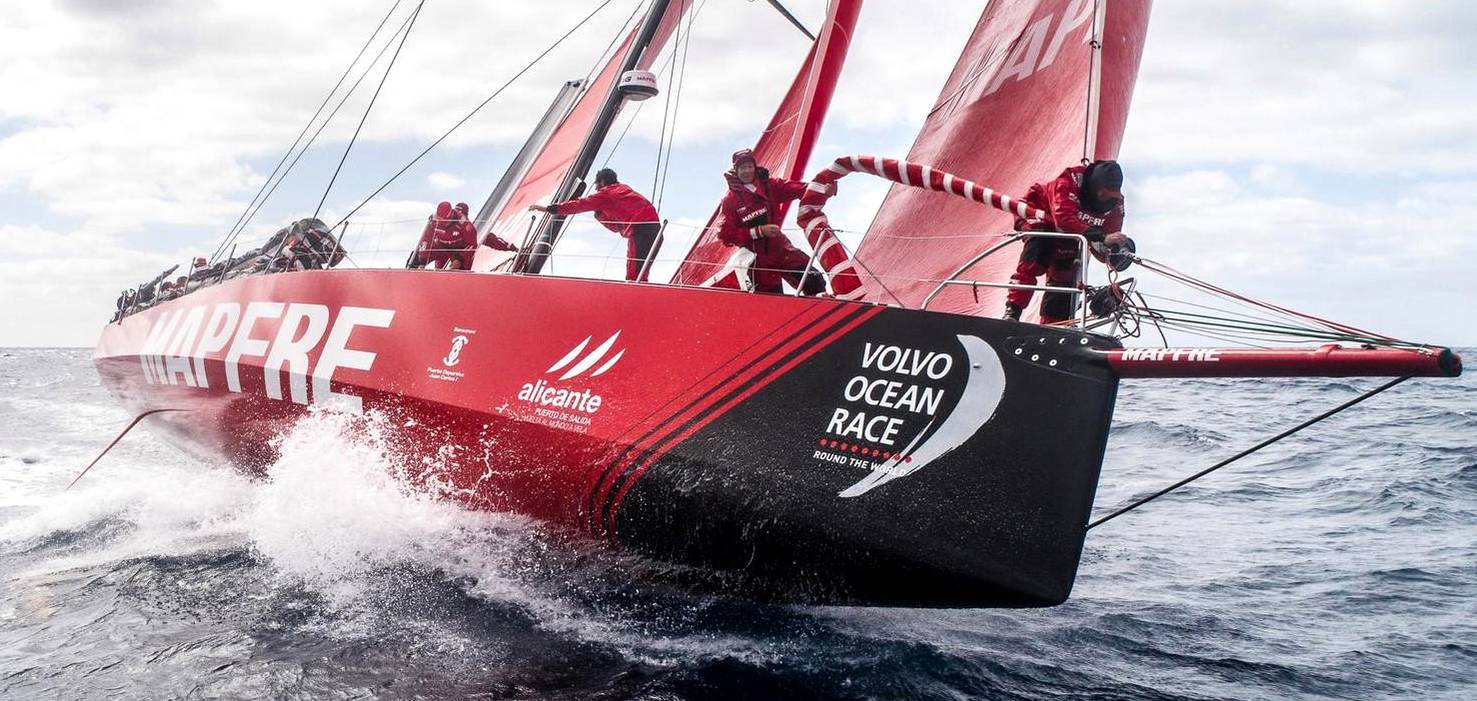|
SAILING TRIM
Please use our A-Z INDEX to navigate this site or return HOME
|
||||||||
Sailing boats like these magnificent racing yachts, cannot take advantage of solar power. They are thoroughbreds, designed to harness only one energy source from nature.
It is because of the need to manually change trim and direction of the vessel, to use winds that are constantly changing, to steer a course (indirectly) to a destination. This is a lot of work on a small boat or yacht, requiring constant vigilance on the crew's part. Now imagine how many able seamen it would take to man one of the tall ships. What would the wages and food bill be - and where would you find all that labour?
It is just not practical, when compared to bunker fuelled diesel engines, where you just point the ship and sit back with a beverage, until it is time to dock.
With a wind turbine, or rotary sail, such considerations are irrelevant. The machine does all the work for you. The Captain just sets the destination on his autopilot, or in the case of an autonomous vessel, instructs the onboard AI. In our case Captain Nemo.
Sailors travel within about 45 degrees of the (true) wind for better speeds, meaning that reaching a windward mark will involve a series of tacks, resulting in a zig-zag course. Although it is possible to sail directly downwind, this angle is typically slower than sailing at an angle downwind, exchanging sailing a greater distance for greater boat speed. The result is that, typically a sailboat also zig-zags downwind in a series of jibes.
Captains of sailing ships that travel around the world, know about ocean gyres and the correlation with dominant wind flows where they rotate clockwise north of the equator and counterclockwise south of the equator. During the era of sail ship navigation, these gyres had a strong impact on navigators and governed trade flows between countries. In order to combat global warming and pollution that cause acid oceans, we need to re-think burning more fossil fuels, in favour of learning how to master the forces of nature, more effectively.
Tacking from starboard tack to port tack. Wind shown in red. ① on starboard tack, ② turning to windward to begin the tacking maneuver or "preparing to come about", ③ headed into the wind; the sail luffs and loses propulsion, while the vessel makes way on momentum to provide rudder steerage, ④ making way on the new port tack by sheeting in the mainsail, ⑤ on port tack.Relationship between tacking and beating to windward
The relationship between tacking and beating to windward. There is no need to zig-zag with rotary sails. The turbine head changes angle to face into the wind, the boat keeps on course.
TACKING
Jibing is tacking downwind, or tacking is jibing upwind. Jibing generally increases boat speed, over running goose-winged.
JIBING
This is also another direction changing maneuver, but it works with the opposite effect. It involves turning the stern of the boat against the wind.
ARCHINAUTE: A rotary sail catamaran was under construction at the Brittany South shipyard in Belz in 2019.
This is a culmination of years of effort for its designer, Charles-Henri Viel, who was looking to present it from June 29 to July 10 at the La Mer XXL show in Nantes in 2018. The boat is 11 meters long, 6 wide and weighs 10 tonnes, built of aluminum. A wind turbine 6 m in diameter will be placed on the boat.
A ship that is beating will sail as close to the wind as possible; this position is known as close hauled. In general, the closest angle to the wind that a ship can sail is around 35 to 45 degrees. Some modern yachts can sail very near to the wind, while older ships, especially square-rigged ships, are much worse at it.
With the advent of the ages of steam and later technologies, we have almost forgotten the role that the Trade Winds in developing our global economy. But they are still there for us. We just need to re-learn how to use them in a modern world reliant on global trade.
|
||||||||
|
Please use our A-Z INDEX to navigate this site
This website is Copyright © 2020 Jameson Hunter Ltd
|
